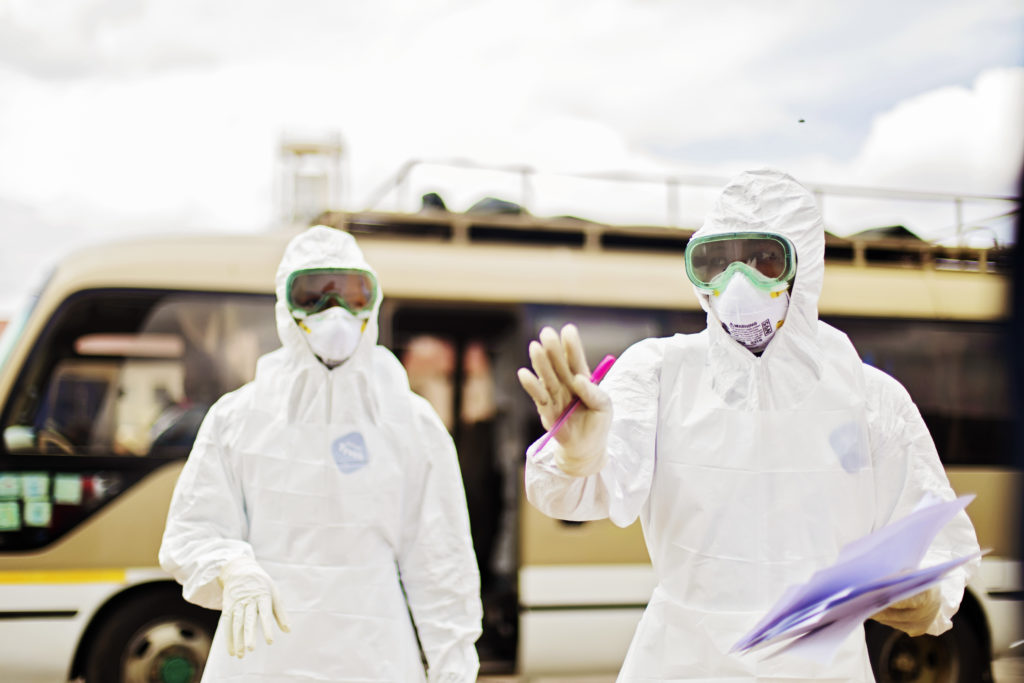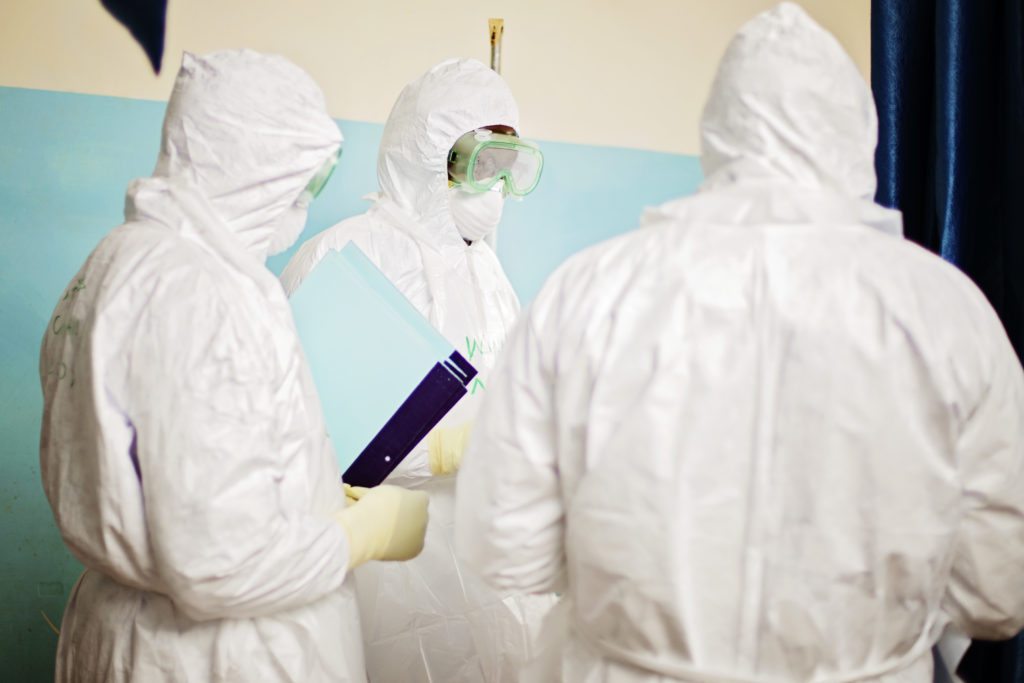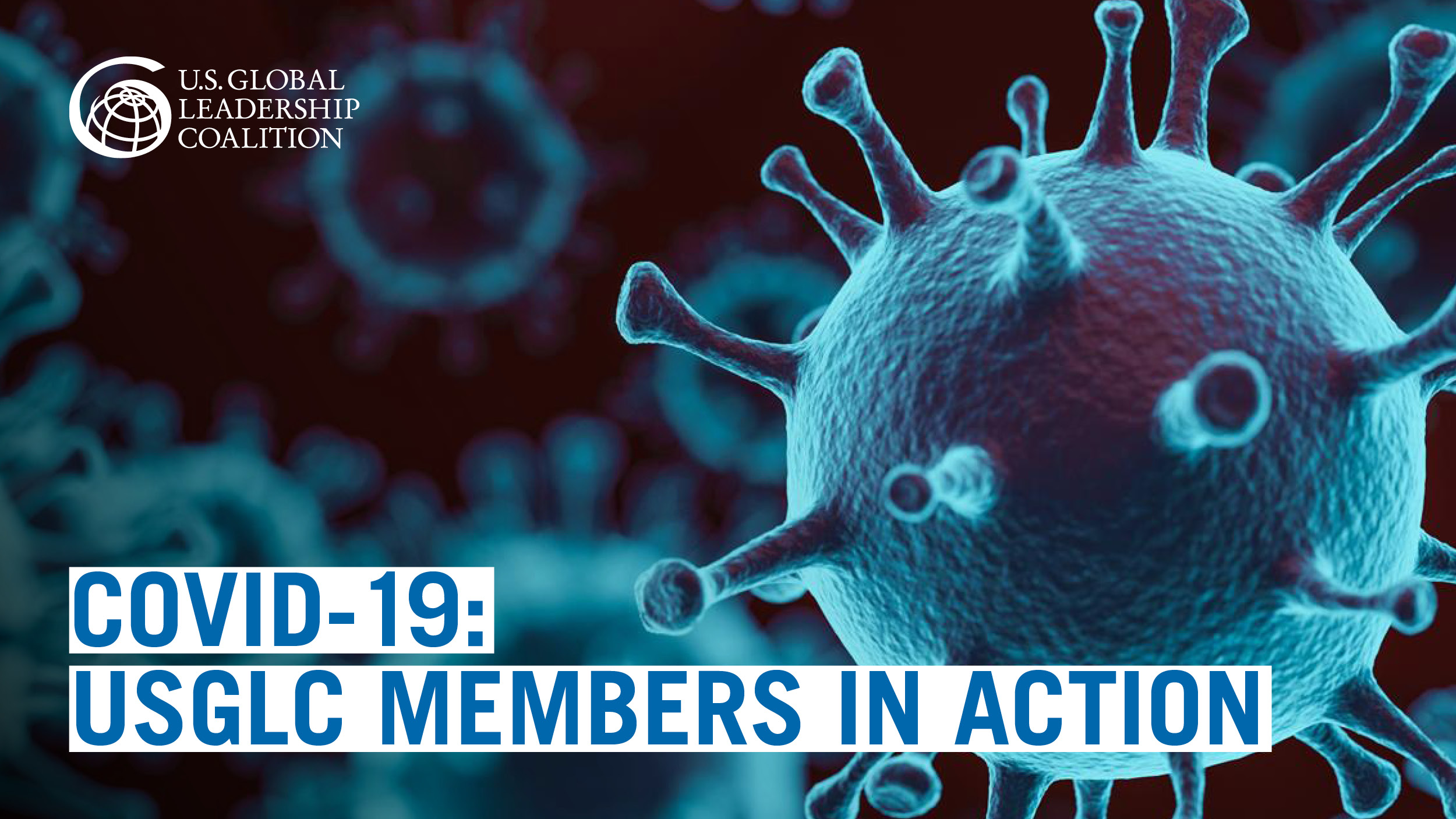
Despite the multiple mechanisms that exist to respond to infectious disease threats, including the World Health Organization’s International Health Regulations and the Global Health Security Agenda (GHSA), only 11 percent of countries have plans to dispense medical countermeasures during health emergencies and 27 percent have an updated health workforce strategy. Since the inception of GHSA in 2014, more than 100 countries completed their Joint External Evaluations to identify gaps within their health systems and prioritized opportunities for enhanced preparedness and response in their National Action Plans for Health Security. Although these extensive efforts reflect country commitment and international coordination, the October 2019 Global Health Security Index (GHI) showed that national health security remains fundamentally weak around the world. GHI findings revealed health systems as the lowest-scoring category, regardless of a country’s income level, with 131 countries in the bottom tier.
These disturbing numbers are exacerbated by reports of a looming crisis in many low- and middle-income countries where there are already too few doctors and essential medical commodities to adequately meet the basic health needs of their populations, let alone respond to the potential exponential number of COVID-19 cases. Further, the lack of infrastructure and population density in some communities, for instance urban slums and refugee camps, hinder the practice of social distancing and consistent handwashing.
The global community – including governments, donors, NGOs, and the private sector – must focus on three critical areas to mitigate the impacts of COVID-19 and better prepare for future global health threats: health workforce expansion, supply chain preparedness, and private sector engagement.
Photo Credit: Chemonics/Light in Captivity

The backbone of any health system is its workforce. Frontline workers are the first line of defense against emerging diseases. COVID-19 has highlighted the importance of expanding the pool of frontline workers to ensure adequate response in times of crisis.
Workforce crisis expansion means:
Beyond expansion, when countries face workforce shortages, our experience shows that optimizing service delivery tasks through task sharing and alternative service delivery modalities are also effective in ensuring continued quality health services reach those in need.
While COVID-19 is stressing in-country supply chains, patients in low- and middle-income countries are still in need of a consistent supply of medicines and equipment to prevent and treat other diseases, such as malaria.
Photo Credit: Chemonics/Light in Captivity

This pandemic further underscores the importance of supply chain systems preparedness ahead of emergencies, which can ensure that health workers are provided with the proper Personal Protective Equipment (PPE) to do their jobs and that pharmaceutical supply chains are maintained intact for other diseases. For example, while COVID-19 is stressing in-country supply chains, patients in low- and middle-income countries are still in need of a consistent supply of medicines and equipment to prevent and treat other diseases, such as malaria.
Countries and health practitioners can use tools such as the Emergency Supply Chain Framework, which translates lessons learned from past experiences into action-oriented user guides, management tools, templates, and job aids suitable for in-country emergency response. When a COVID-19 vaccine becomes available, countries will need to implement innovative approaches to supply chain management to prepare for mass vaccination needs. This could include utilizing a Transportation Management System that provides visibility into shipment tracking or utilizing Unmanned Aerial Vehicles in places where infrastructure or social distancing constraints limit other forms of traditional distribution.
In response to COVID-19, the WHO advises governments to take a whole-of-government and whole-of-society approach, which includes the private sector. The full range of private sector actors should be mobilized – from large corporate hospitals and logistics companies, to manufacturers – to offer extra capacity for response efforts. Previously, Maersk allocated logistical support for Ebola response operations by providing free ocean transportation of 329 shipping containers of food aid and medical supplies to Guinea, Liberia, and Sierra Leone, and Firestone implemented a robust risk communications and social mobilization campaign to boost community awareness of the virus.
With support from private sector supply chain partners, USAID and the Department of Defense were able to deliver ventilators to South Africa and El Salvador within a matter of days though the Global Health Supply Chain Program-Procurement and Supply Management project.
In the medium- and long-term, investment should be mobilized to benefit critical relief and response needs and ensure sustainability. This capital mobilization is already happening. Afro-Champions has joined forces with the Africa Centers for Disease Control and Prevention to create the Africa COVID-19 Response Fund to secure at least $150 million for immediate prevention needs and up to $400 million for the sustainable medical response to COVID-19.

From the U.S. business community to the NGO community, members of the USGLC are working on the frontlines to stop the spread of COVID-19 around the world and address the humanitarian consequences of this global pandemic.
See their stories. →
In the short-term, the private sector’s innovations and agile response efforts should be supported to aid in COVID-19 response. For instance, the Tunisia Jobs, Opportunities, and Business Success (JOBS) Project is working with the Office of the Presidency and the Tunisian Ministry of Health to give a grant to IBS-Outsourcing to provide public health communication services and manage the national COVID-19 hotline number. The call center is essential to facilitating the national response to the COVID-19 pandemic, connecting various emergency actors, and minimizing the need for patients to enter hospitals and clinics if they suspect they are infected.
The current global situation mandates that we be proactive, resilient, and timely in our strategies and innovations before it is too late. We saw the implications of underinvestment during the 2014 Ebola outbreak and now we are seeing it on a larger scale with COVID-19. Although calls for more strategic funding for global health security are ongoing, this pandemic is proof that our wellbeing is only as protected as the weakest health system and fighting this battle is our collective responsibility.